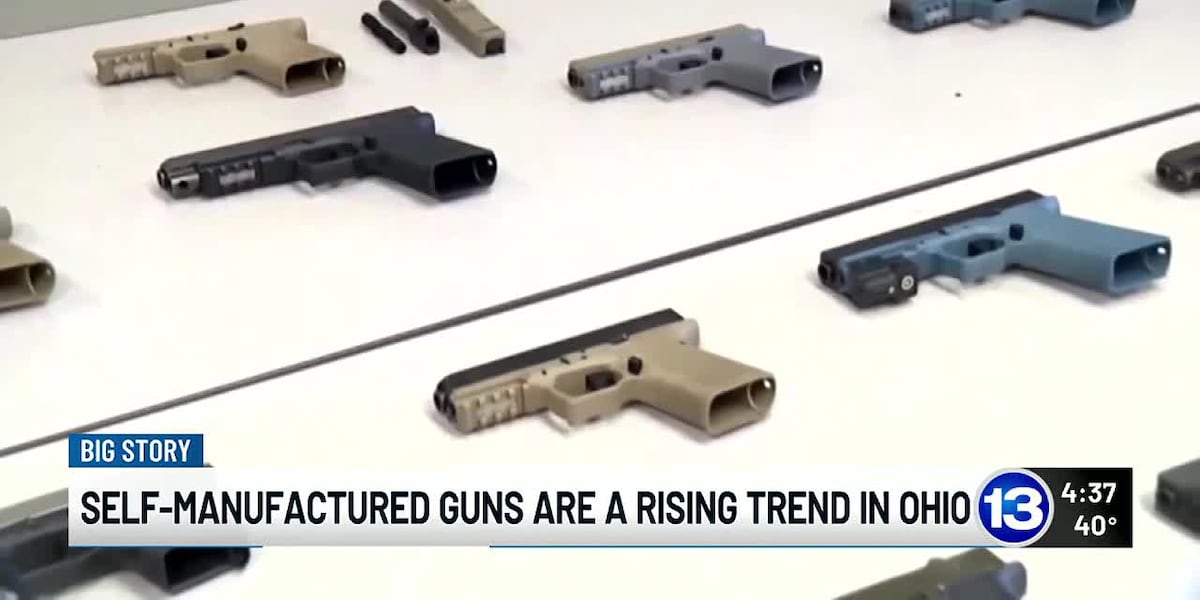Untraceable Arsenals: The Rise of DIY Ghost Guns Threatening Public Safety

The Rise of Ghost Guns: A Growing National Concern
In recent years, ghost guns have surged in popularity across the United States, emerging as a significant public safety challenge that has captured national attention. These untraceable, privately manufactured firearms have recently been thrust into the spotlight following a shocking incident involving Brian Thomas, the CEO of UnitedHealthcare.
Unlike traditional firearms, ghost guns are assembled from unfinished parts and lack serial numbers, making them virtually invisible to law enforcement tracking systems. Enthusiasts and potential criminals alike can easily purchase DIY gun kits online, allowing them to construct fully functional weapons without background checks or registration.
The recent high-profile case involving Brian Thomas has intensified the ongoing debate about ghost gun regulation. These untraceable weapons represent a complex intersection of technological innovation, personal freedom, and public safety concerns that continue to challenge lawmakers and law enforcement agencies nationwide.
As the conversation around ghost guns evolves, policymakers are increasingly seeking comprehensive strategies to address the proliferation of these anonymous and potentially dangerous firearms.

